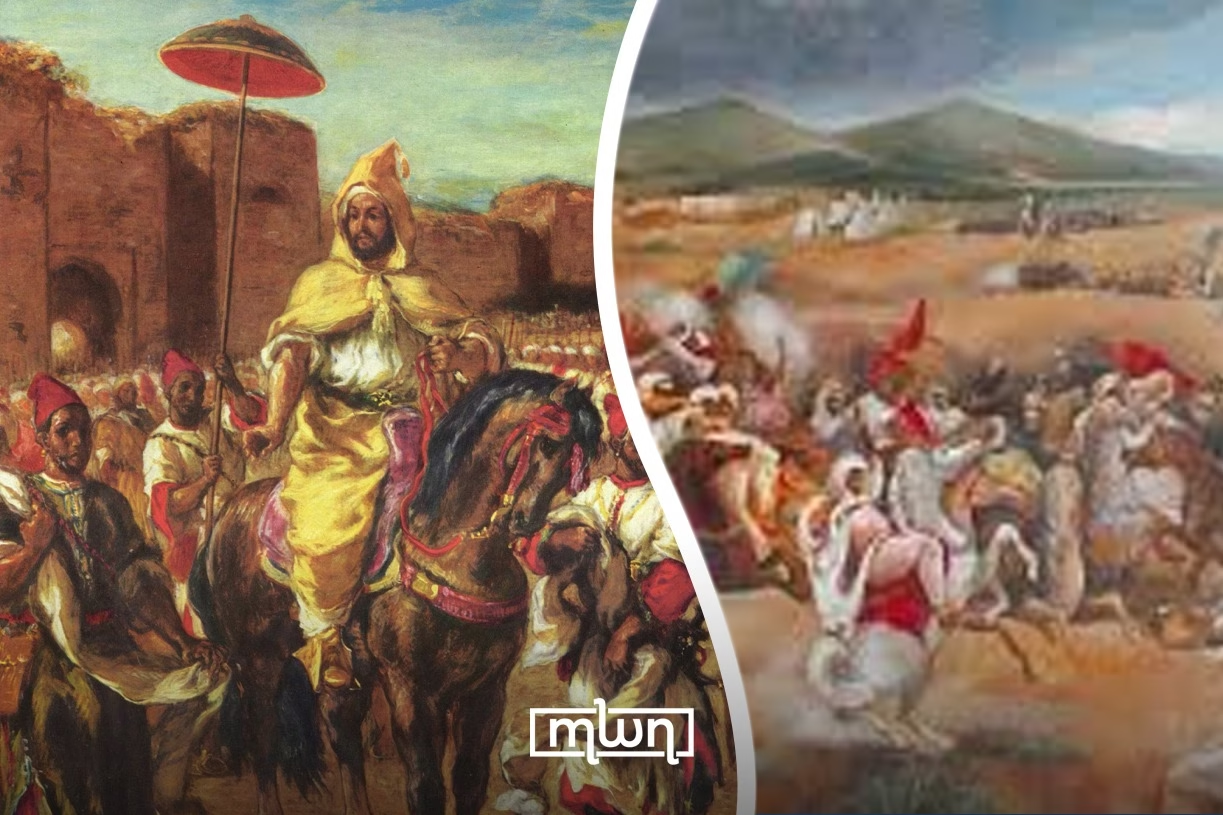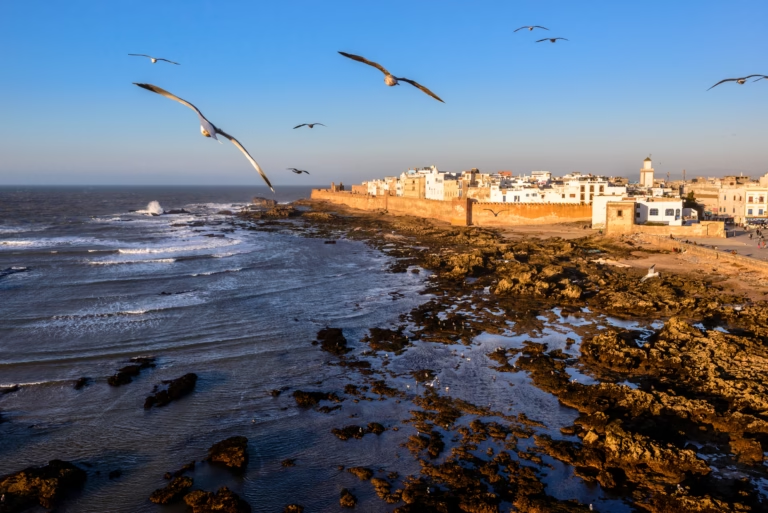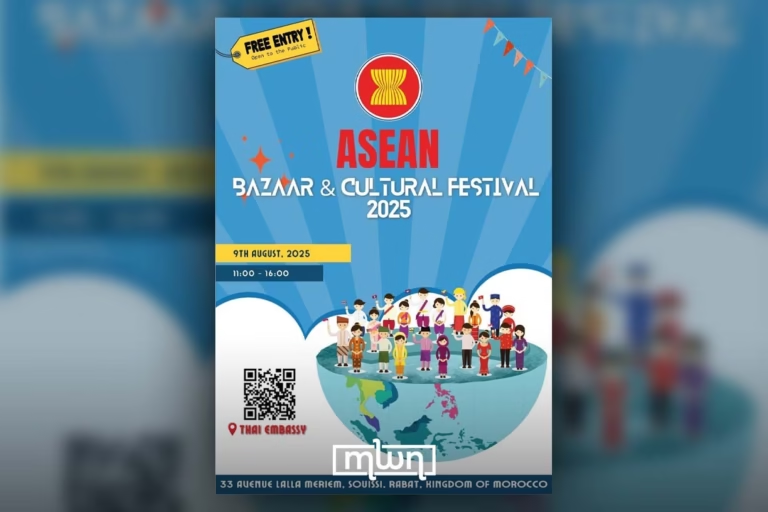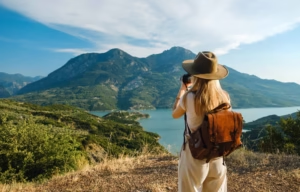Morocco’s history is a long dance between foreign arrivals and fierce resilience.
Fez – Throughout its long and complex history, Morocco, once known as Mauretania Tingitana, Al-Maghrib al-Aqsa, and the Sultanate of Marrakech, has been a crossroads of civilizations.
From the earliest Phoenician traders to colonial European empires, this land has drawn waves of foreigners with varying intentions.
Some came to trade, others to conquer. But what stands out over centuries is the remarkable resilience of Morocco and its people in navigating these encounters, often marked by a delicate balance between cooperation and confrontation.
Long before the rise of empires, Morocco was home to indigenous Amazigh populations.
As early as the first millennium BCE, they came into contact with Phoenician traders from the eastern Mediterranean. The evidence, myths like that of Hercules, historical accounts by Herodotus, and the legendary voyage of Sillas, suggests peaceful, commerce-based interactions rather than colonization.
The Phoenicians established coastal outposts, but left no trace of conflict or domination.
Later, their Carthaginian descendants extended those networks. The famous expedition of Hanno the Navigator in the fourth century BCE reveals a growing Carthaginian presence on Moroccan coasts.
Again, the relationship with local Amazigh communities seems to have remained transactional. There have been no indications of forced settlements or military conflict, only mutually beneficial trade routes that extended deep into the Sahara.
Roman domination and Amazigh resistance
That balance collapsed with the Roman Empire. Following Carthage’s fall in 146 BCE, the Romans pushed westward.
Unlike the traders before them, the Romans came with armies. Their rule over parts of northern Morocco was met with fierce resistance.
A series of Amazigh uprisings throughout the imperial period proved that Roman control was neither total nor welcomed.
Moroccan resistance heroes like Tacfarinas challenged Rome’s presence, and the ruins of Roman outposts today often tell stories not of glory, but of contested occupation.
After the empire’s decline in the fifth century, Germanic Vandals swept through North Africa, followed by the Byzantines, whose hold on Morocco was superficial at best, limited to coastal towns and short-lived garrisons.
None succeeded in taming the mountainous interior or breaking the spirit of the indigenous population.
The Arab conquests and Islamic dynasties
In the seventh century, Arab armies arrived, this time carrying a new message: Islam. Unlike earlier powers, the Arabs offered a religious and cultural identity that many Amazigh groups eventually embraced, after cycles of war, negotiation, and alliance-building.
This period saw the birth of Morocco’s great Islamic dynasties: Almoravids, Almohads, and later the Marinids, each of which expanded Moroccan influence across the Maghreb and into al-Andalus.
These dynasties marked moments of Moroccan sovereignty and ambition, not subjugation.
While Europe was descending into the chaos of the Middle Ages, Morocco was establishing an intellectual and political presence in the Mediterranean world.
Colonialism and national struggle
But sovereignty was again tested in the 19th and early 20th centuries. As Europe emerged from industrial revolutions, Morocco became the target of colonial ambitions.
Following defeats at Isly (1844) and Tetouan (1860), Morocco fell under French and Spanish control. Resistance was swift and fierce: from Mohamed Ben Abdelkrim El Khattabi in the Rif to Moha ou Hammou Zayani in the Middle Atlas, Moroccans fought tirelessly to reclaim their land.
Colonial exploitation intensified, draining Morocco’s resources and restricting its autonomy. Still, the dream of independence lived on until its realization in 1956, though the price was high, and parts of the south remained under foreign control for decades after.
Post-independence challenges
With independence came new hopes, and new threats. Internal development was a priority, but external pressures persisted.
Chief among them: Algeria. Despite Morocco’s support for Algerian independence, the eastern neighbor quickly turned hostile, fueling territorial disputes and supporting separatist movements.
Today, Morocco remains under pressure from geopolitical games, especially in the Sahara region. Yet despite regional hostility and global indifference, the country has remained diplomatically active, militarily stable, and regionally influential.
Morocco’s story is not one of victimhood; it is one of endurance. From ancient seafarers to modern colonizers, many have entered Moroccan territory. Few have stayed.
The land has always pushed back, sometimes with war, sometimes with trade, often with remarkable adaptability.
That same resilience continues to define Morocco today, as it asserts its place in a volatile region with calm strength, strategic diplomacy, and an unshakeable sense of identity.
Read also: Mustapha El Basri Brings His Photography Exhibition to Rabat
















